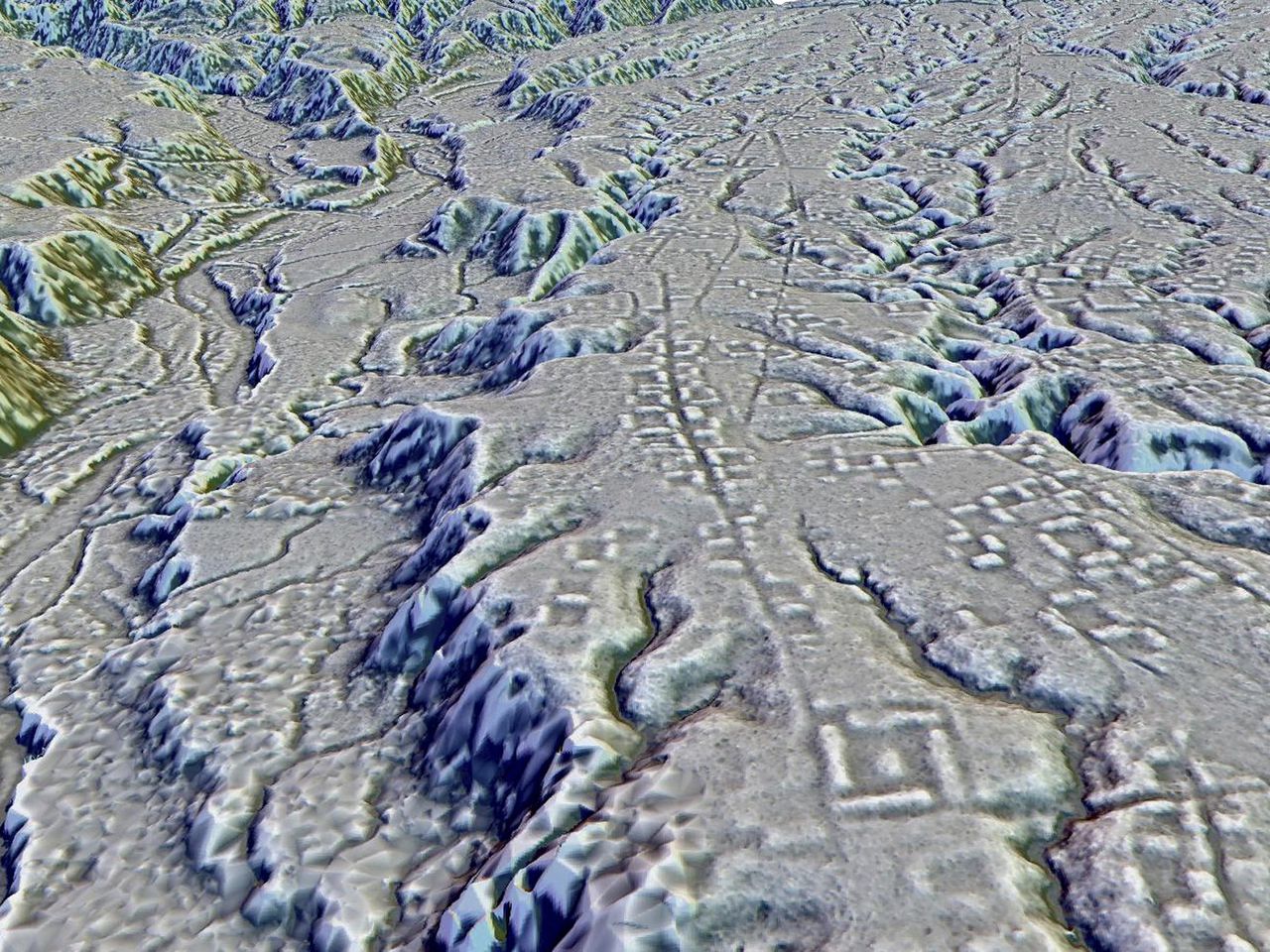A group of abandoned settlements in the Amazon rainforest of Ecuador, which existed for 1,000 years, has been charted.
Researchers have discovered a group of forgotten settlements in the Amazon rainforest where approximately 10,000 farmers resided around 2,000 years ago.
Archaeologist Stéphen Rostain first discovered a collection of earthen mounds and buried roads in Ecuador over twenty years ago. However, at the time, Rostain was uncertain of the connection between the various structures. This finding was recently reported in the journal Science by Rostain and other researchers.
Newly conducted laser-sensor mapping has unveiled that these locations are part of a concentrated complex of settlements and interconnected roads, hidden within the forested slopes of the Andes, which were inhabited for approximately 1,000 years.
Rostain, who leads research at France’s National Center for Scientific Research, described it as a forgotten land of urban hubs. He exclaimed, “It’s astonishing!”
The researchers discovered that the Upano people inhabited the settlements from approximately 500 B.C. to 300-600 A.D., which aligns with the time period of the Roman Empire in Europe.
Houses and buildings used for ceremonies were built on over 6,000 mounds made of earth. These structures were surrounded by fields for agriculture, which included canals for draining water. The main roads were 33 feet wide (10 meters) and extended for 6 to 12 miles (10 to 20 kilometers).
According to archaeologist Antoine Dorison, who co-authored a study at a French institute, the site likely housed anywhere from 10,000 to 30,000 inhabitants at its height. This is similar to the population of London during the Roman era, which was the largest city in Britain at the time. Estimating the exact population is challenging.
University of Florida archeologist Michael Heckenberger, who was not part of the study, stated that this indicates a highly concentrated population and a very intricate civilization. He also mentioned that compared to other regions, it stands out for its early development.
According to José Iriarte, an archaeologist from the University of Exeter, constructing the roads and numerous earthen mounds would have been a complex undertaking, involving a well-structured labor system.
According to Iriarte, the Incas and Mayans constructed their buildings using stone, but those living in Amazonia typically did not have access to stone and instead used mud. This method still required a significant amount of manual labor. Iriarte was not involved in the study.
According to him, the Amazon is commonly perceived as a pure natural environment with minimal human presence. However, recent findings have revealed the true complexity of its history.
Recently, researchers have also discovered proof of complex communities in the rainforest that existed before Europeans arrived, located in other areas of the Amazon such as Bolivia and Brazil.
Rostain stated that the Amazon has always had a wide range of inhabitants and communities, with no singular way of life. Their knowledge about these groups is continuously expanding.
___
The AP Health and Science Department is supported by the Howard Hughes Medical Institute’s Science and Educational Media Group. The AP is fully responsible for all of its content.
Source: wral.com
